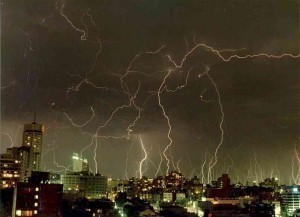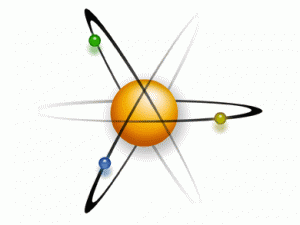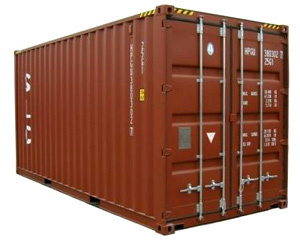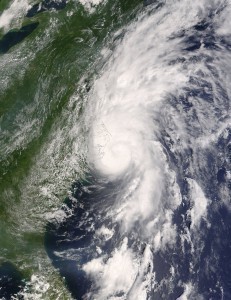Thunderstorm Sizes
A thunderstorm is also called by other names like the lightning storm or  electrical storm. This kind of storm is characterized by lightning, which produces an acoustic effect on the atmosphere of the Earth called thunder. It is commonly associated with the type of cloud called cumulonimbus. Aside from these, heavy rains and strong winds accompany this kind of storm. For a better understanding of this event, it is good to know the different sizes of thunderstorms.
electrical storm. This kind of storm is characterized by lightning, which produces an acoustic effect on the atmosphere of the Earth called thunder. It is commonly associated with the type of cloud called cumulonimbus. Aside from these, heavy rains and strong winds accompany this kind of storm. For a better understanding of this event, it is good to know the different sizes of thunderstorms.
The Sizes of Thunderstorms
Thunderstorms are classified into four major types, namely the supercell, squall line, multicell and single cell. Each of these varies depending on the relative conditions of the wind. The strongest type is called the supercell, which can be as wide as 24 kilometers or 15 miles. More often than not, it can bring severe weather conditions like extremely large hailstones and destructive tornadoes. It comes with straight-line winds of more than 130 km/h or 80 mph. As the strongest form of thunderstorm, it is associated with tornadoes and flashfloods.
In severe cases, a thunderstorm is associated with hail or wind damage. A severe storm is characterized by winds as fast as 90 km/h or 56 mph. Furthermore, the diameter of hail is at least 25 millimeters or 1 inch. In addition to this, it is associated with the formation of tornadoes or funnel clouds. A severe thunderstorm may also come with a rainfall rate of more than 2.0 inches or 50 millimeters within an hour.
Additional Facts and Other Interesting Details
A complex of thunderstorms can be called a mesoscale convective system or simply MCS. This usually happens when the storm is smaller than extratropical cyclones but is larger than a standard thunderstorm. Furthermore, this kind of event takes place for numerous hours. Its precipitation and overall cloud pattern may be linear or round-shaped. This system is closely connected to lake-effect snow events, squall lines as well as tropical cyclones.
When the season is warm, an MCS usually forms across Asia, Europe and North America. Its full effect is felt during evening and late afternoon. Although common in summer and spring, this event can happen almost anytime of the year. It is associated with various hazards like tornadoes, large hailstones and cloud-to-ground lightning. The wind speed of tornadoes associated with thunderstorms range from 64 to 80 km/h or 40 to 110 mph.
The possibility for other hazards to take place during storms is strong, which may take the form of downburst winds, flashfloods and waterspouts. In case of thunderstorms, different kinds of lightning is very much possible, the most common of which include heat lightning, dry lightning and ball lightning.





